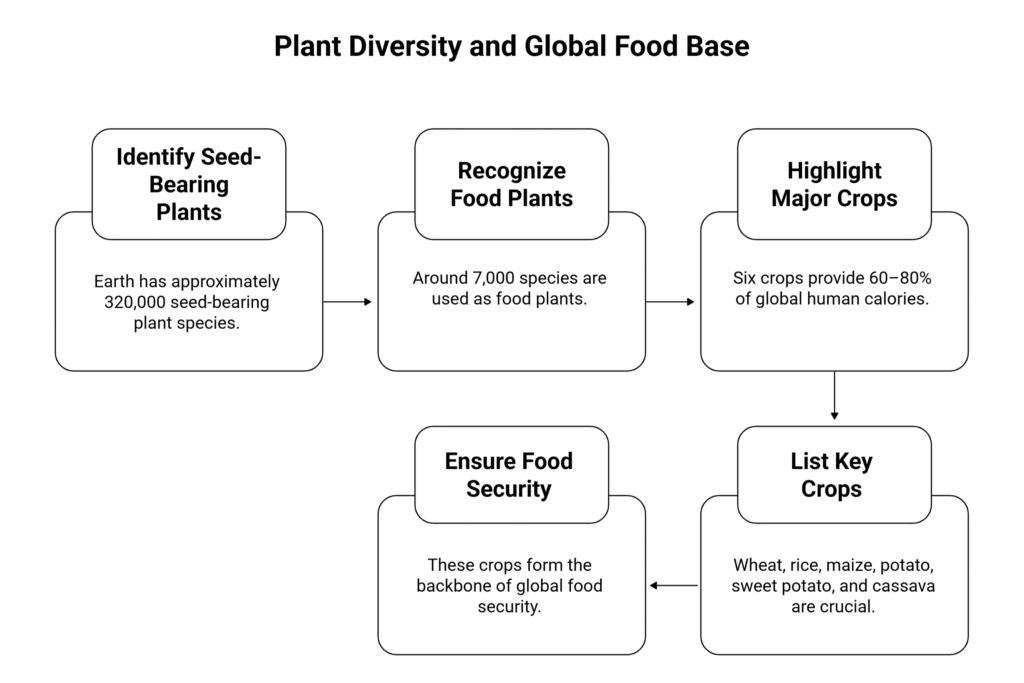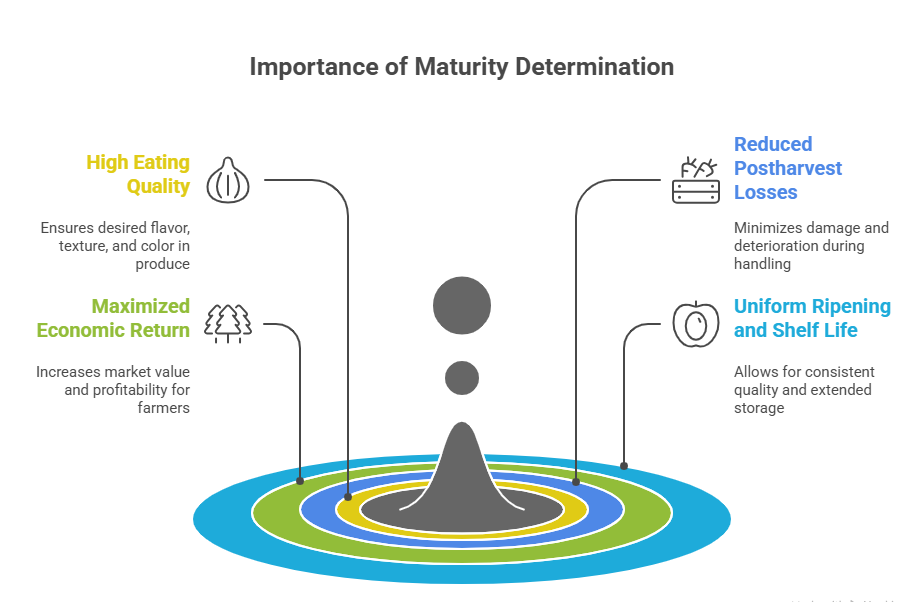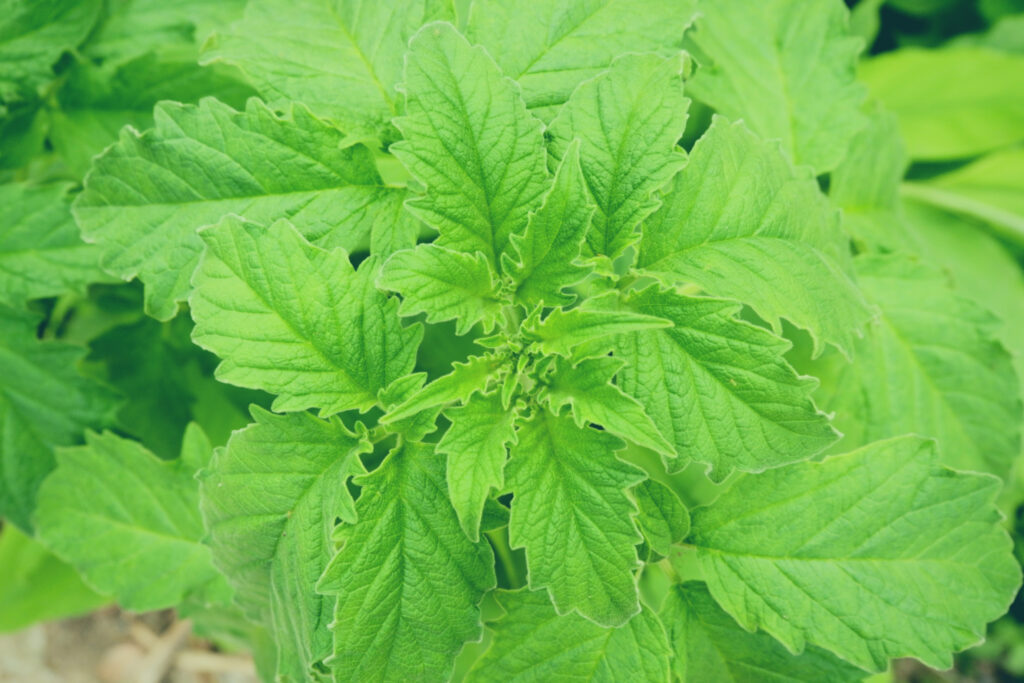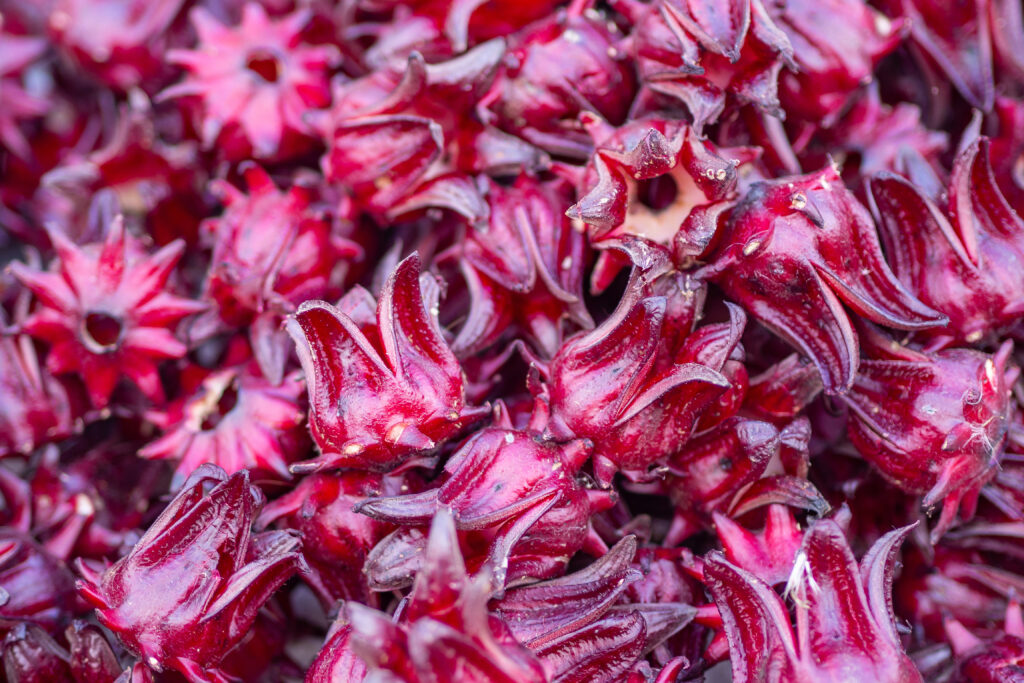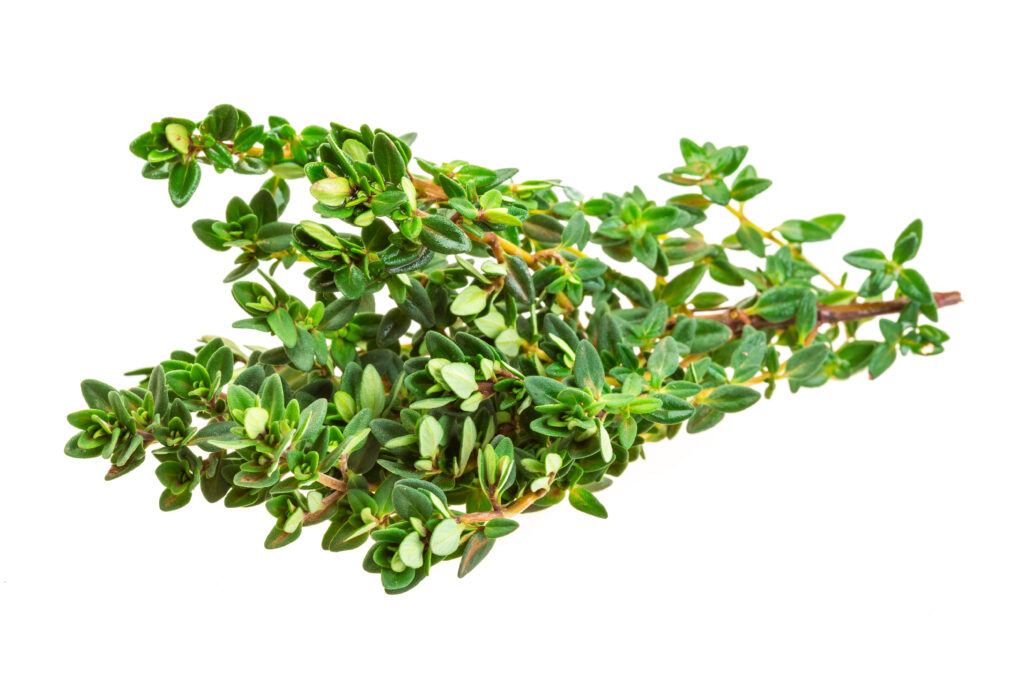Plant Breeding & Center of Domestication
Introduction to Plant Breeding What is Plant Breeding? Plant breeding is: Accelerated evolution guided by humans rather than nature. A scientific process where human selection replaces natural selection. Aimed at changing plant heredity to suit human needs. Focused on developing cultivars with: Higher yield Better quality Increased resistance to pests and diseases Improved tolerance to […]

